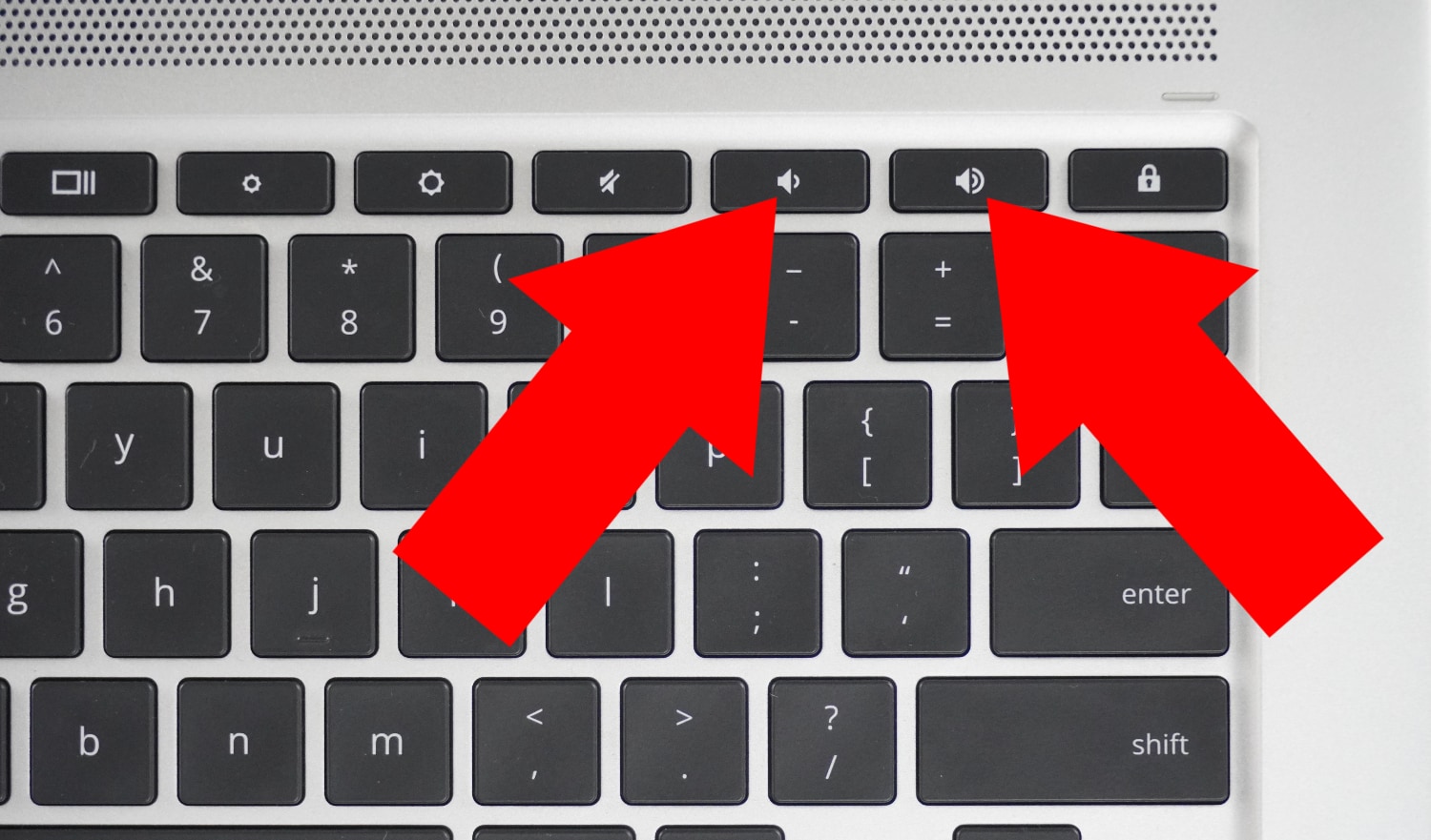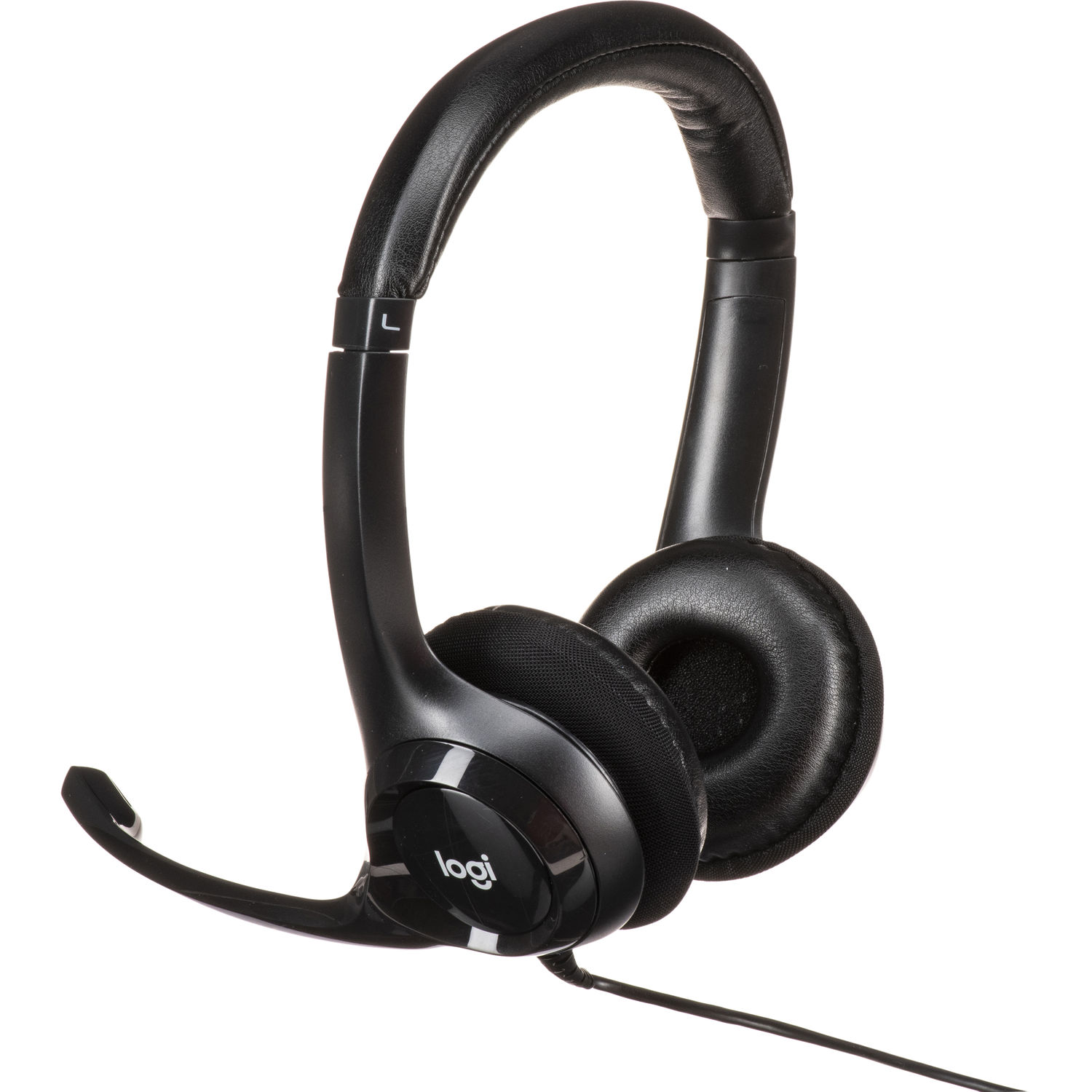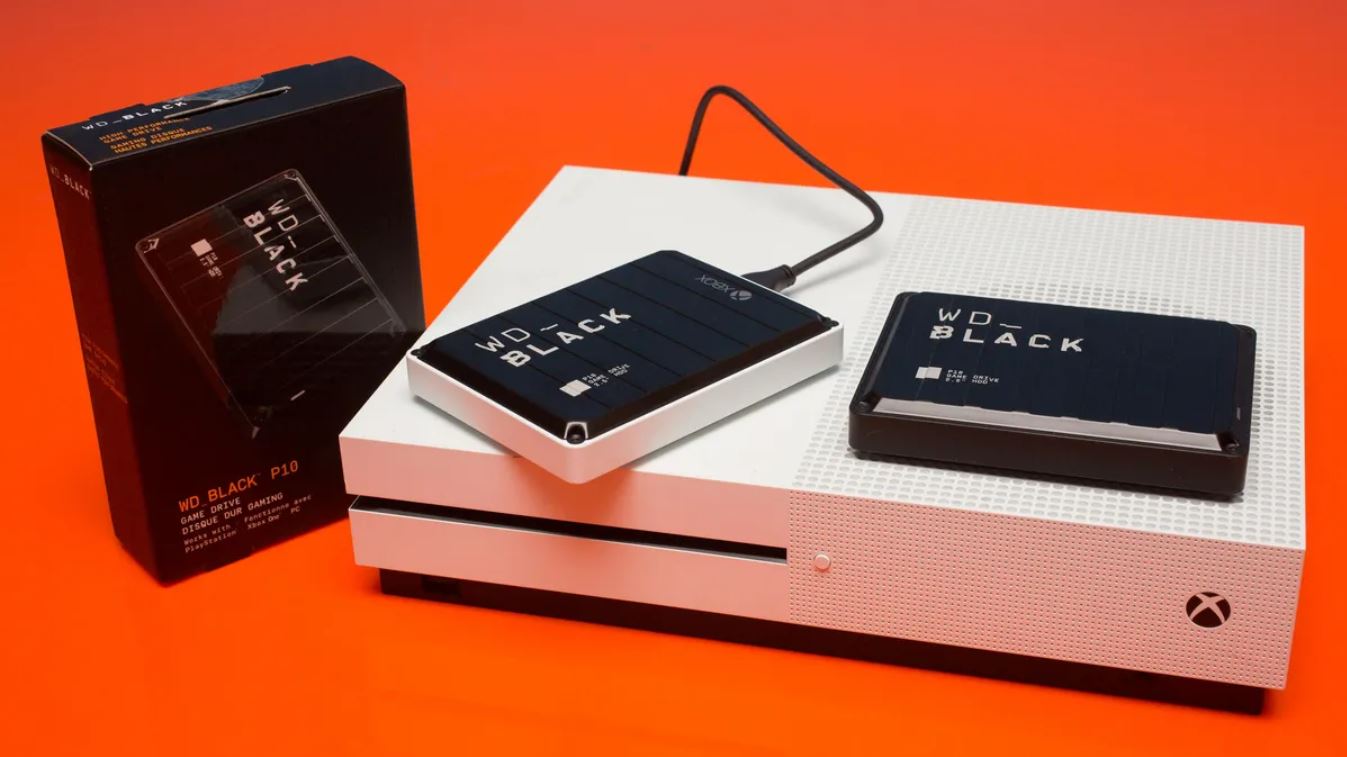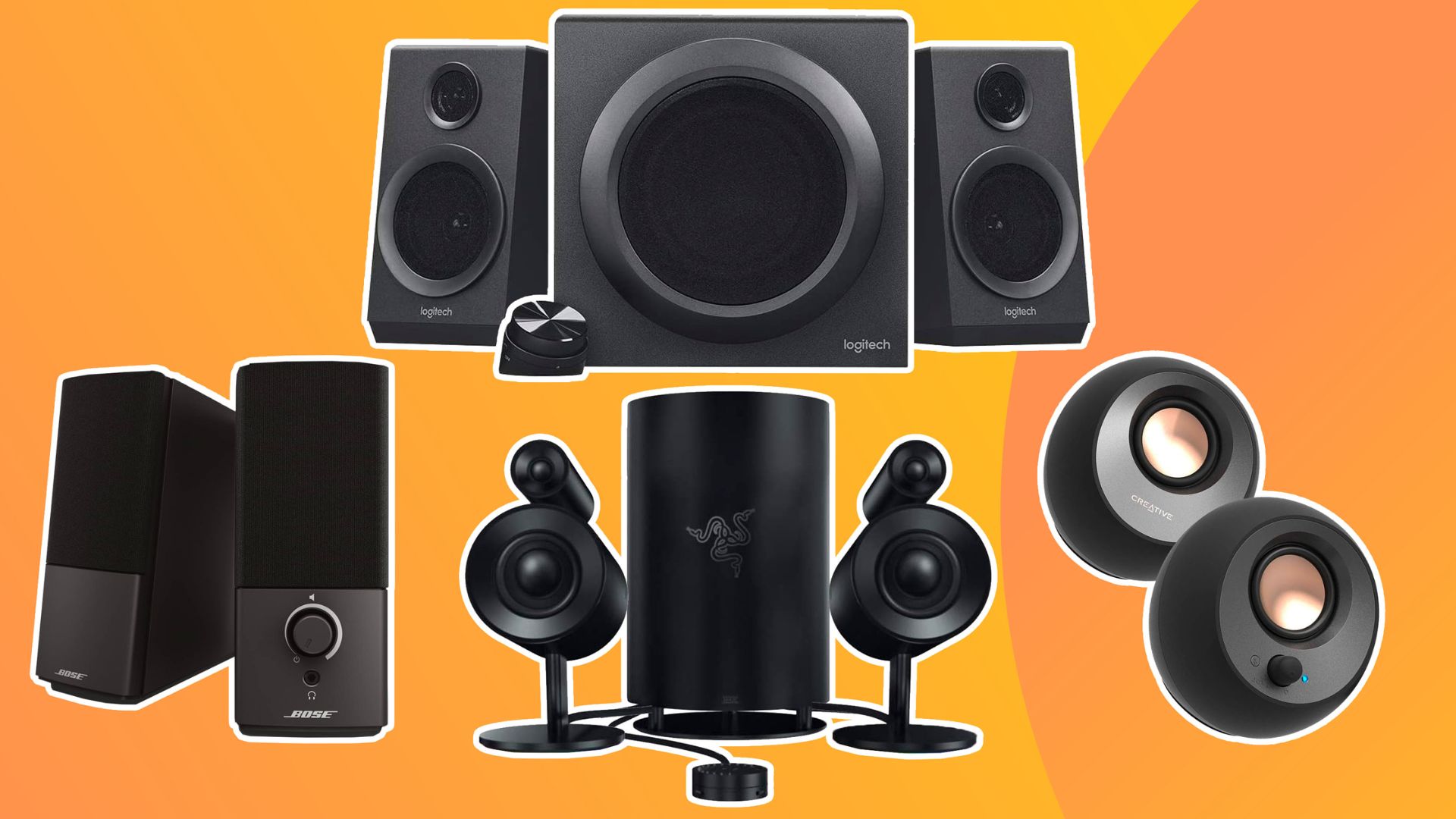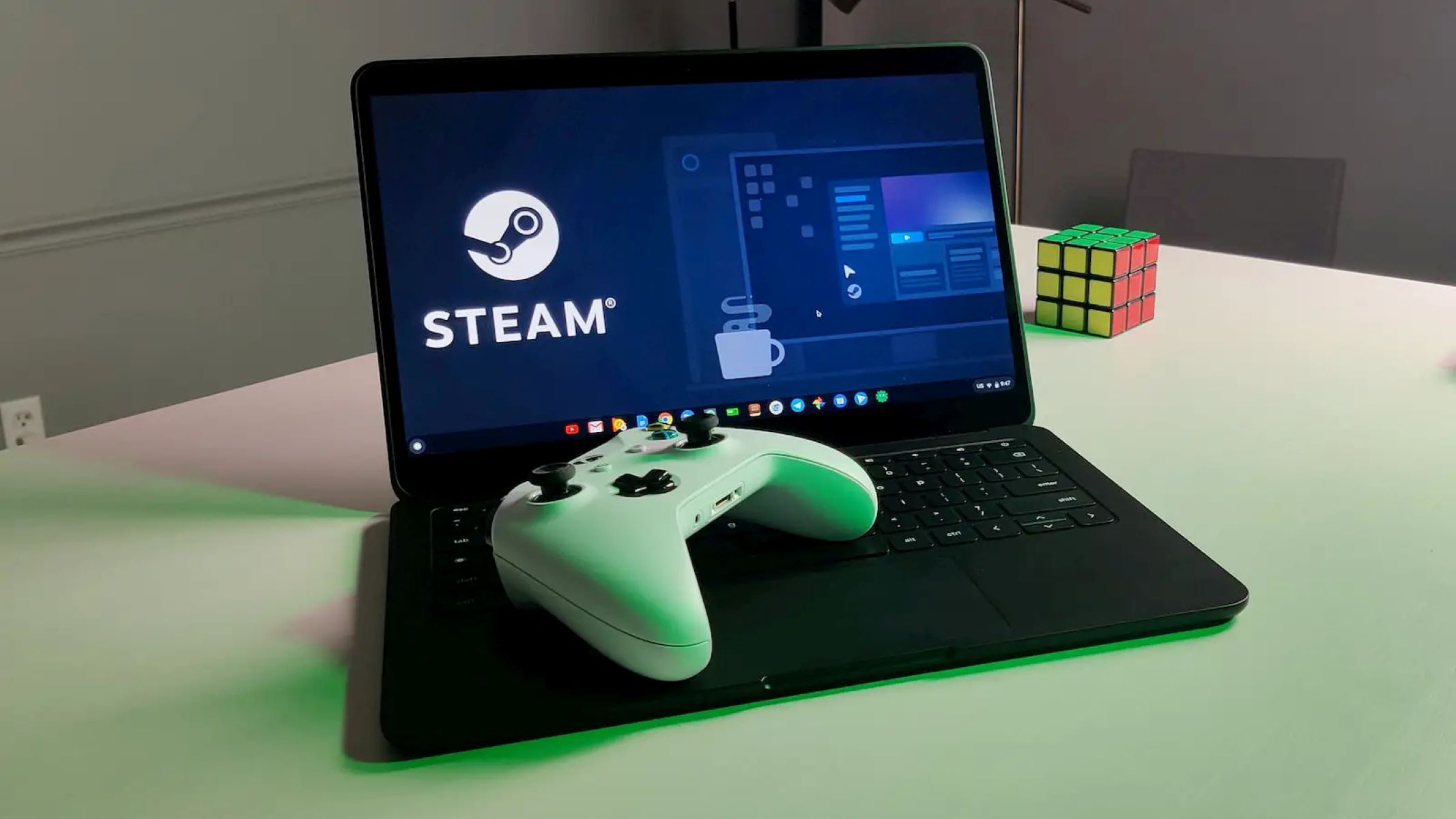Introduction
Chromebooks have become increasingly popular over the years, offering a lightweight and affordable option for those in need of a portable computing device. While these devices are great for browsing the web, editing documents, and streaming media, some users may find the volume levels to be less than satisfactory. Fortunately, there are several ways to make your Chromebook louder and enhance your audio experience.
Whether you’re looking to amplify the sound for watching movies, listening to music, or video conferencing, this article will guide you through various methods to increase the volume on your Chromebook. From adjusting settings within Chrome OS to using external speakers, there are options available to suit your preferences and needs.
Before we delve into the different techniques, it’s important to note that while these methods can significantly boost the volume on your Chromebook, it’s essential to be mindful of your hearing. Prolonged exposure to high volume levels can potentially damage your hearing, so it’s always important to listen at comfortable and safe levels.
Now, let’s explore some effective ways to make your Chromebook louder and enhance your audio experience.
Adjusting the Volume in Chrome OS
One of the easiest ways to make your Chromebook louder is by adjusting the volume settings within Chrome OS. Chrome OS provides a simple and intuitive interface for controlling the volume levels on your device.
To adjust the volume on your Chromebook, you can follow these steps:
- Locate the volume icon in the bottom right corner of the screen. It looks like a speaker.
- Click on the volume icon to open the volume control menu.
- Drag the volume slider to the right to increase the volume. You can also use the media keys on your keyboard to adjust the volume.
- Test the audio by playing a video or music to see if the volume has increased to your desired level.
If you find that the volume is still not loud enough, you can try increasing the volume beyond the maximum limit by checking the “Increase volume above maximum” option in the volume control menu. However, be cautious when using this option as it may result in some distortion or loss of audio quality.
In addition to the basic volume controls, Chrome OS also offers advanced audio settings that allow you to fine-tune your audio preferences. To access these settings:
- Click on the system tray located in the bottom right corner of the screen.
- Click on the gear icon to open the Chrome OS settings menu.
- Scroll down and click on the “Sound” option.
- Here, you can adjust additional settings such as the audio output device, audio balance, and the microphone volume.
By exploring the volume and sound settings in Chrome OS, you can easily customize and maximize the audio output of your Chromebook to suit your preferences.
Installing Volume Booster Extensions
If adjusting the volume settings within Chrome OS doesn’t give you the desired level of loudness, you can consider installing volume booster extensions to further amplify the audio output of your Chromebook.
Chrome Web Store offers a variety of volume booster extensions that can help boost the audio volume beyond the default limit. However, it’s important to note that these extensions may vary in performance and compatibility, so it’s advisable to read user reviews and choose a reputable extension.
To install a volume booster extension on your Chromebook, follow these steps:
- Open the Chrome browser on your Chromebook.
- Click on the Apps menu in the bookmarks bar or press the Launcher key to open the app drawer.
- Search for “Chrome Web Store” and click on the app to open it.
- In the search bar, type “volume booster” or a similar keyword to find available volume booster extensions.
- Review the options and choose an extension that suits your needs.
- Click on the “Add to Chrome” button to install the extension.
- After installation, the volume booster extension will appear as an icon in the Chrome browser toolbar.
- Click on the extension icon to open its settings and adjust the volume boost level.
Once you have installed and configured the volume booster extension, you can test the audio by playing a video or music to see if the volume has increased to your desired level.
However, it’s worth noting that using volume booster extensions may impact the audio quality and may result in some distortion. It’s important to find the right balance between volume enhancement and audio clarity.
Remember to periodically check for updates for the volume booster extension to ensure compatibility with the latest version of Chrome OS and to access any new features or improvements.
Using External Speakers or Headphones
If you find that the built-in speakers of your Chromebook are still not providing enough volume, or if you prefer a more immersive audio experience, you can connect external speakers or headphones to your device.
Using external speakers or headphones can significantly enhance the audio output, allowing you to enjoy your favorite music, movies, or games with better clarity and volume. Here’s how you can connect external audio devices to your Chromebook:
- Identify the appropriate audio port on your Chromebook. Usually, it will be a 3.5mm headphone jack or a USB port.
- For external speakers, connect the audio cable to the audio port on your Chromebook.
- For headphones, plug them directly into the audio port on your Chromebook.
- Once connected, adjust the volume on your external speakers or headphones to your desired level.
It’s important to note that some external speakers or headphones may have their own volume controls, separate from your Chromebook’s settings. Make sure to adjust the volume levels on these devices accordingly.
Using external speakers or headphones not only increases the volume but also allows you to enjoy a more immersive audio experience, especially while watching movies or playing games. The external audio devices often provide better sound quality and can deliver deeper bass and sharper highs.
Whether you choose to use compact portable speakers or high-quality headphones, connecting them to your Chromebook can greatly enhance your audio experience and make your Chromebook louder.
Adjusting Equalizer Settings
Another effective way to make your Chromebook louder and improve audio quality is by adjusting the equalizer settings. The equalizer allows you to fine-tune the different frequencies of the audio, enhancing specific ranges to create a more balanced and powerful sound.
Chrome OS provides an equalizer feature that lets you customize the audio output according to your preference. Follow these steps to adjust the equalizer settings on your Chromebook:
- Click on the volume icon in the bottom right corner of the screen.
- In the volume control menu, click on the arrow next to “Output” to expand the options.
- Click on the equalizer icon (represented by sliders) to open the equalizer settings.
- Now, you can adjust the different frequency bands to boost or reduce specific ranges of the audio. Experiment with different settings to find the sound profile that suits your preferences.
By increasing the levels of specific frequency ranges, such as the bass or treble, you can make the audio output more robust and vibrant. This can greatly enhance your overall listening experience, especially for music genres that heavily rely on certain frequencies.
It’s important to note that the equalizer settings may vary depending on the specific Chromebook model and the version of Chrome OS you are using. Some Chromebooks may have more advanced equalizer options, such as presets for different audio profiles.
Take the time to explore the equalizer settings and find the configuration that best suits your audio preferences. Play around with different settings to find the right balance and make your Chromebook’s audio output livelier and louder.
Troubleshooting Low Volume Issues
If you’re experiencing consistently low volume levels on your Chromebook, despite trying the above methods, there may be underlying issues that need to be addressed. Here are some troubleshooting steps to help you resolve low volume problems:
- Check the volume on external devices: If you’re using external speakers or headphones, ensure that their volume controls are turned up and functioning properly. Sometimes, the issue may lie with the external device rather than your Chromebook.
- Ensure system updates are up to date: Outdated system software can lead to various issues, including audio problems. Make sure your Chromebook is running the latest version of Chrome OS by going to “Settings” > “About Chrome OS” > “Check for updates.”
- Restart your Chromebook: A simple restart can often resolve minor issues and restore normal volume levels. Try turning off your Chromebook, then turn it back on after a few seconds.
- Clear browser cache and cookies: If you experience low volume issues specifically when using a web browser, clearing the cache and cookies can help resolve potential conflicts or glitches. Go to your browser’s settings and navigate to the “Privacy and Security” section to clear cache and cookies.
- Disable audio enhancements: Some audio enhancements or enhancements provided by external applications may interfere with the volume output. Check the audio settings in Chrome OS or any third-party apps and disable any enhancements to see if it makes a difference.
- Factory reset your Chromebook: This should only be done as a last resort, as it erases all your data and settings. If all else fails, you can perform a factory reset to restore your Chromebook to its original state. Go to “Settings” > “Advanced” > “Reset settings” > “Powerwash.”
If none of these troubleshooting steps help, it is advisable to reach out to the Chromebook manufacturer’s support or consult a technical expert for further assistance.
Remember to always exercise caution and avoid downloading or installing any suspicious software or extensions that claim to boost volume, as they may compromise your device’s security and performance.
By following the troubleshooting steps mentioned above, you can identify and address any underlying issues causing low volume problems on your Chromebook and ensure optimal audio performance.







